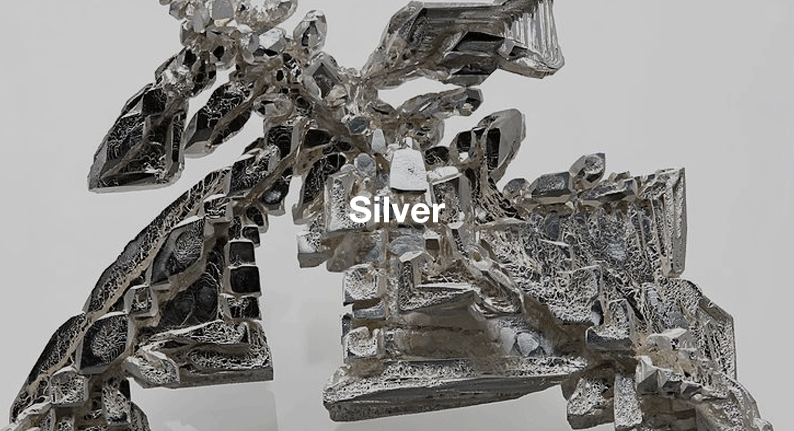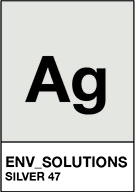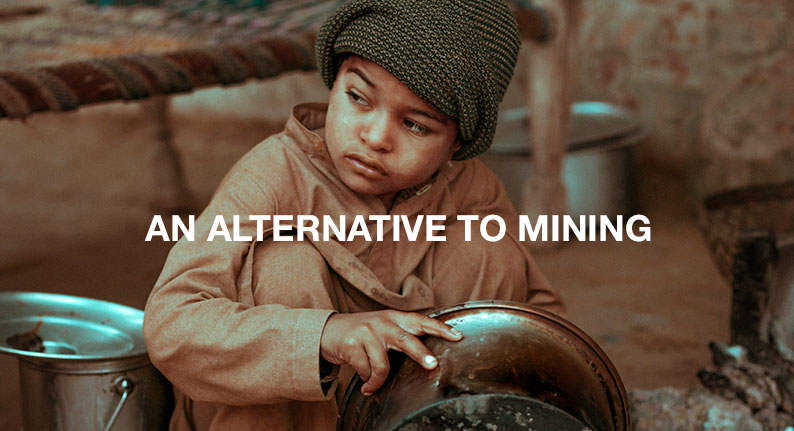Silver Metal Profile
07 Apr, 2020 9:36 AM / by Quek Leng Chuang

Silver is one of the most commonly known and widely used precious metals. It is more abundant than gold and the PGMs, but still shares properties such as high electrical conductivity with them. Silver is extremely present in our everyday life: Laptops, batteries and even gold medals rely on the properties of this metal! It’s one of the Platinum Group Metals (PGM) we recover at Environmental Solutions (Asia). Here is an outline of the origin and applications of Silver.
1. Facts and figures
- Chemical name Ag47
- highest electrical conductivity of all elements
- highest thermal conductivity of all metals
- Sterling silver consists of 92.5% silver and 7.5% copper
- Melting point 961 degrees celsius
- 30% of silver produced worldwide was used in photography before the digital age
- Silver is extremely ductile: One ounce can be pounded into an 8000 feet long wire
2. Natural occurrence and mining

Silver is a fairly rare element in the Earth’s crust. Its abundance is estimated to be about 0.079 parts per million (ppm). Also, it is found in seawater where its abundance is thought to be 0.01 parts per million (ppm).
In nature, silver is often found in pure form as grains or nuggets. The most common silver ores are argentite, cerargyrite (or “horn silver”), proustite, and pyrargyrite.
Only 30% of the silver mined comes from silver mines, otherwise it is mined as a byproduct from copper, zinc and gold.
Already in the past, silver mining had devastating effects on the environment as annually 612 tons of mercury were lost in the mines between 1580 and 1900 in the United States. Otherwise, mining silver causes similar problems as mining of other minerals does, including destruction of natural habitats, water contamination due to underground mining and pollution due to dust that is released when bigger rocks are blasted.
Silver is mined in Mexico, Peru, the United States, Canada, Poland, Chile, and Australia. 2017, Mexico mined 6100 tons, followed by Peru (4300 tons) when world production amounted to 27 000 tons. There is still an estimate of 560 000 tons reserves in all the production countries. However, new research suggests that worldwide silver resources will only deliver sufficient supply for the next 29 years. Therefore, recycling is extremely important in order to secure silver supply for its various applications.
3. Applications
Due to its high electrical conductivity silver would be more suitable for wires than copper. However, it is too rare for common use in wires. Surprisingly, jewelry is not the largest consumer of silver since it accounts for only 25% of silver consumption. In 2015, almost 50% of the total silver consumption was actually used in industrial sectors. One example includes the electronics industry where silver is processed to manufacture control switches for electrical appliances, electrical wiring and connecting electronic circuit boards. For example, automobiles, plasma TVs and smartphones contain silver.
Silver particles in nano form are 1-100 nanometers in size and are used for example in the realm of printed electronics, for electrodes in super-capacitors or for RFID tags. The nano form enables us to use silver in a more efficient way. When paired with a superconductor, energy can be transmitted even faster than when only using a superconductor alone. Moreover, silver is used in batteries e.g. silver zinc batteries for laptops and electric cars.
Like gold, silver is a precious metal that has monetary applications and is often used to make coins. In fact, the official currency of the UK, Pound Sterling, was at first equal in value to Silver. Also for medals e.g. at the Olympic games silver is used for the second prize. Even the olympic “Gold medal” consists mainly of silver (92,5%) and is only covered with 6g pure gold. Silver is also used for kitchenware e.g. cutlery and for trade at the stock exchange.
Moreover, silver kills harmful bacteria and is therefore used in medicine and as a disinfectant. As a natural medicine, people even use colloidal silver to cure bacterial illnesses.
This shows that silver is an extremely versatile material which will stay important also in the future. Therefore, we harvest silver from your waste in order to feed it back into the circular system and to make it available for various applications.

4. An Alternative to Mining
Environmental Solutions (Asia) helps companies to turn the cost of managing their waste materials to potential revenue. For more information, please contact us.
Topics: Metal Waste, Reimagining Sustainability
Written by Quek Leng Chuang
LengChuang is a chemical engineer and an expert in carbonomics. He is the founder and owner of Environmental Solutions (Asia) Pte Ltd.
